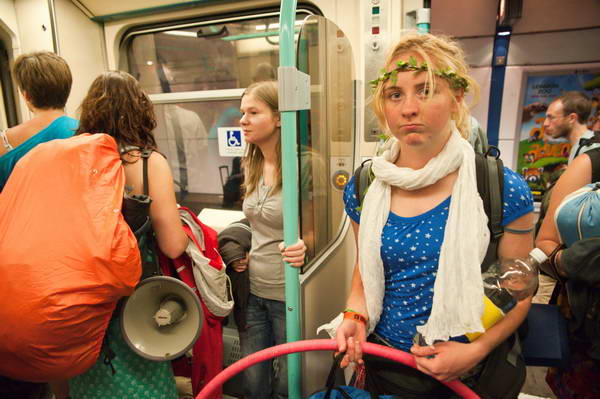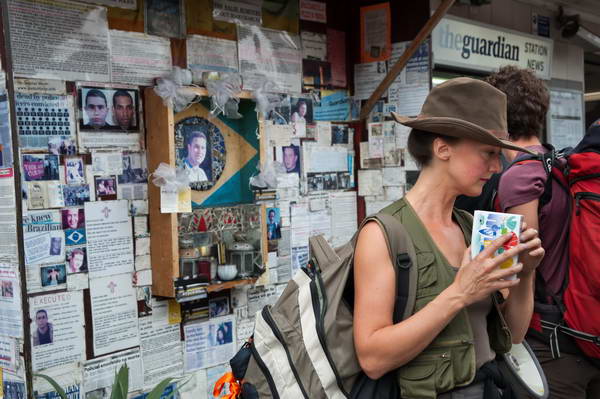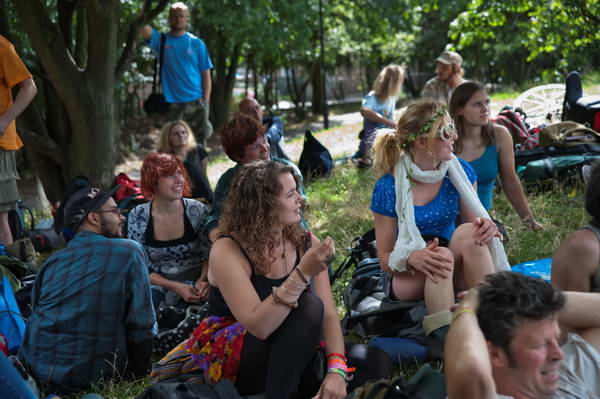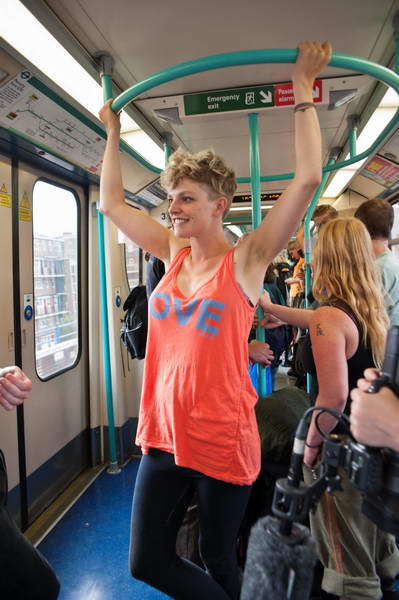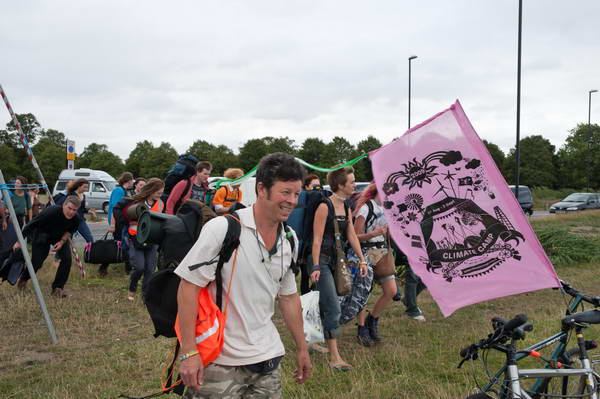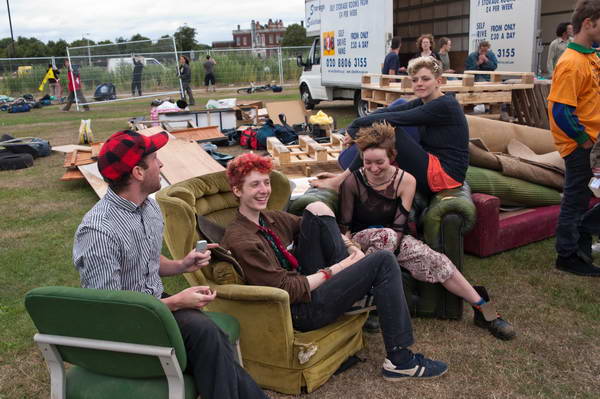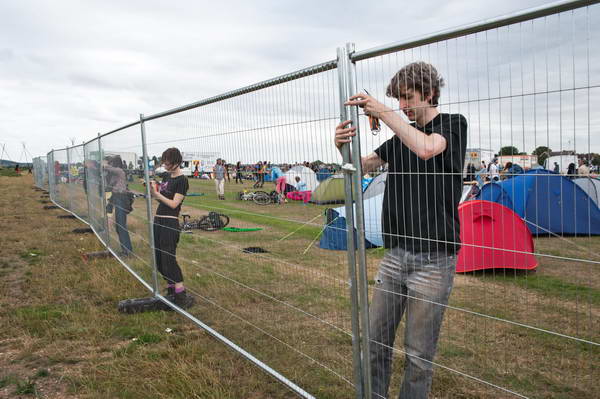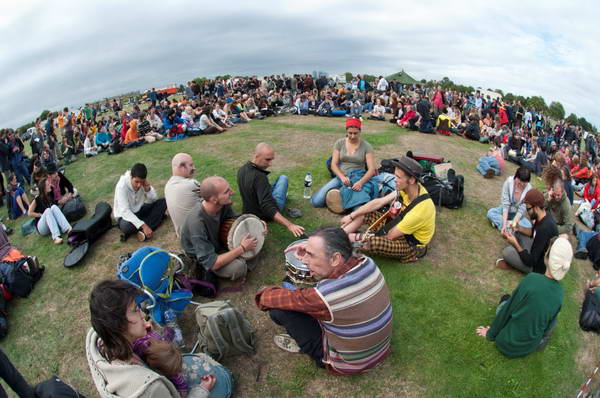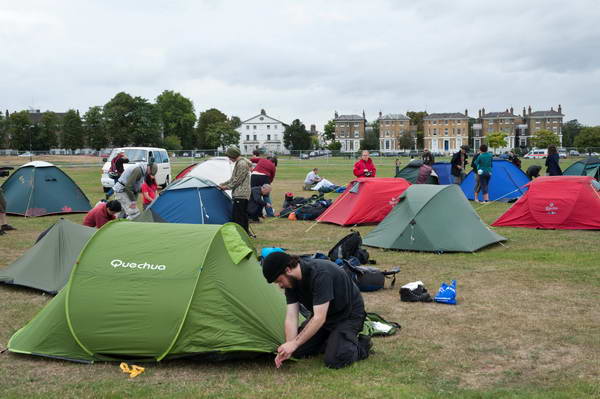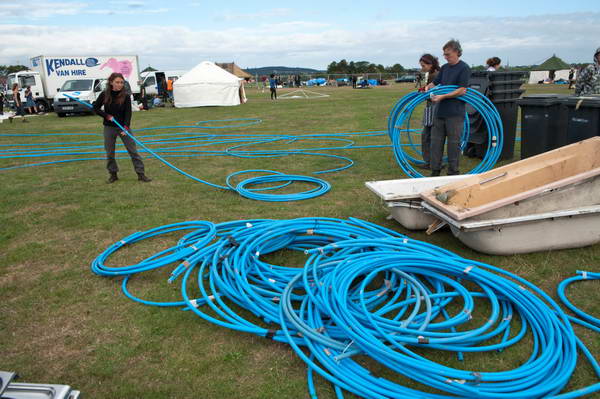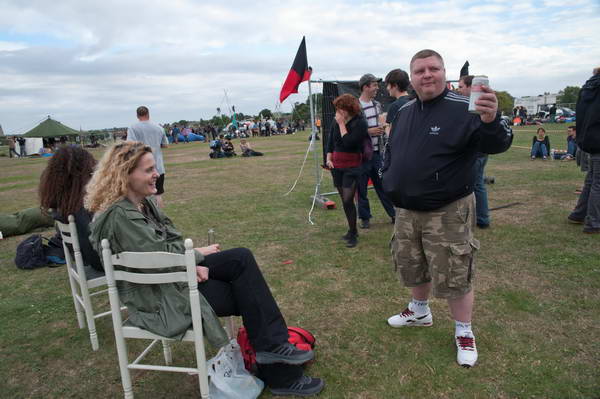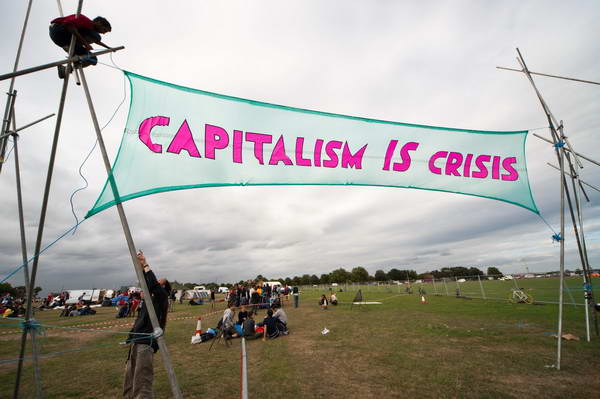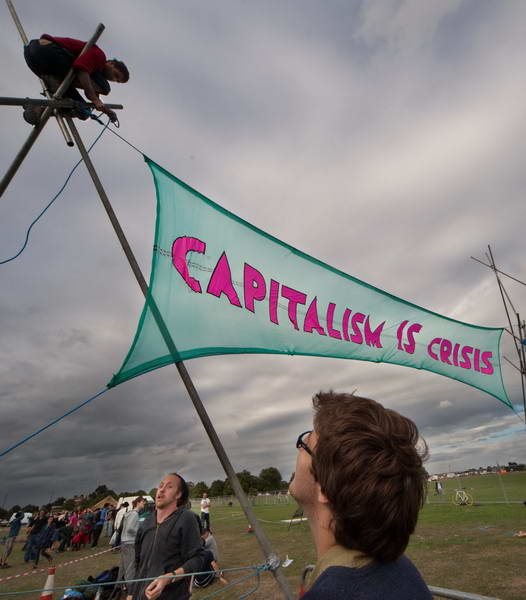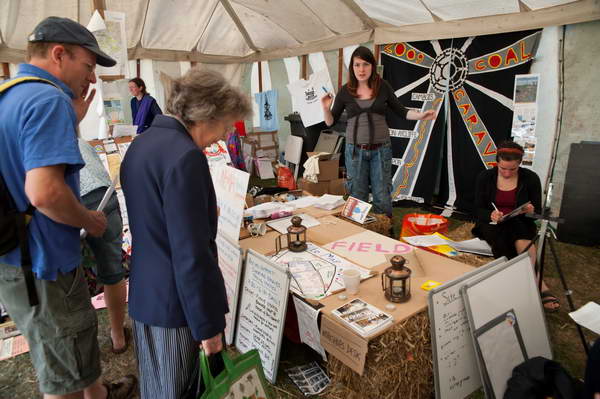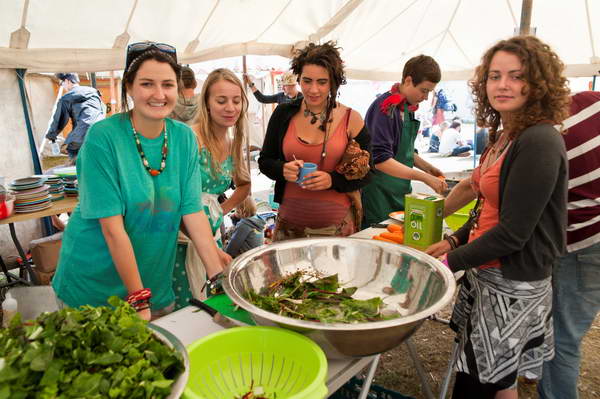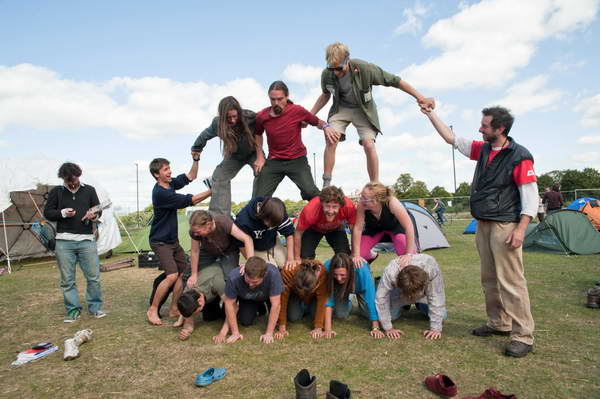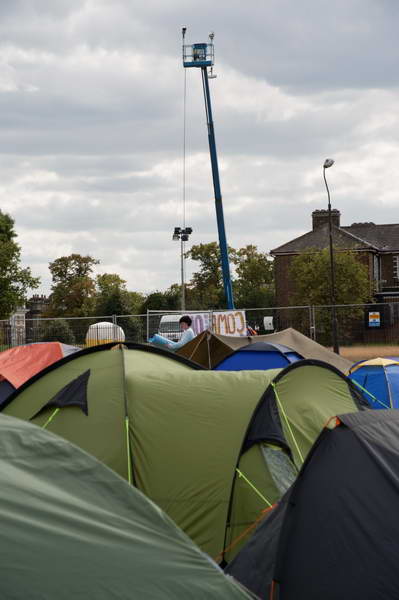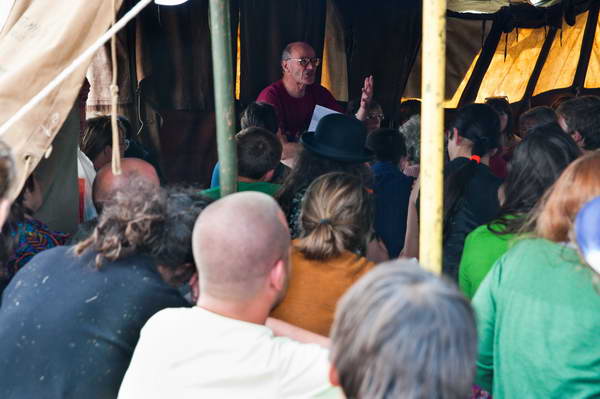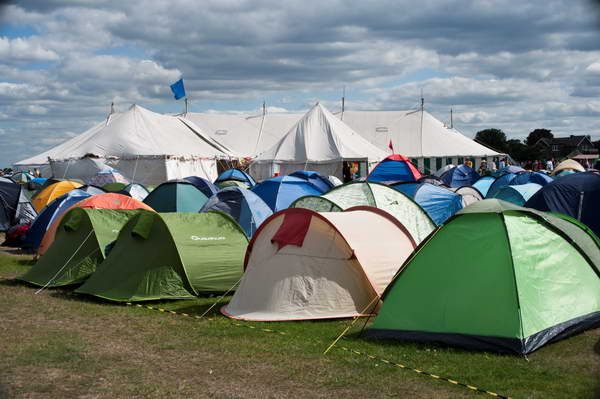Shaker, Job Centres, Firefighters, Tube, Lambeth – On Wednesday 25th February I photographed a number of protests in London, starting in Westminster with the Free Shaker Aamer campaign, striking firefighters and welfare rights activists, then with tube workers at Edgware Road and finally outside Lambeth Town Hall in Brixton.
Free Shaker Aamer – Parliament Square
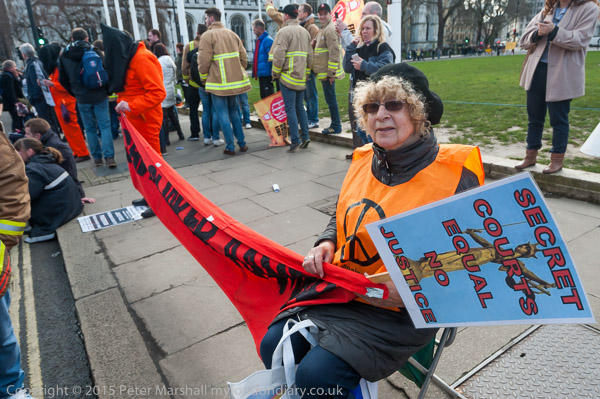
A protest opposite Parliament called for the urgent release of London resident Shaker Aamer from Guantanamo, where he has been held and regularly abused for 13 years without charge or trial.
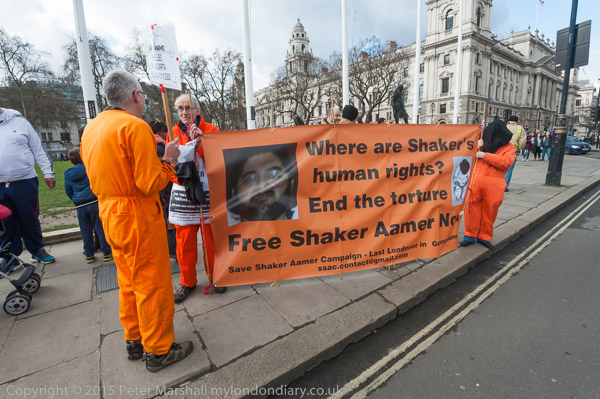
The Free Shaker Aamer Campaign had been holding weekly protests opposite Parliament whenever it was in session to remind government of the need for act over his release. He had long been cleared for release but was still held in the illegal prison camp with both US and UK governments dragging their feet as his testimony would be embarrassing to their security agencies, making clear their involvement in torture.
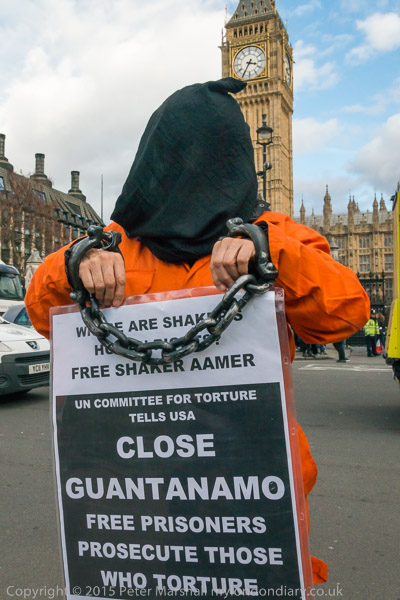
The protest was longer than usual as an international event was taking place at the nearby QEII centre and they wanted to remind delegates there of Shaker’s torture and imprisonment. Eventually the long campaign of protests by this and other groups led the UK government they needed to back his release in practice and he was finally released on 30th October 2015.
More pictures: Free Shaker Aamer at Parliament
Striking Firefighters block traffic – Westminster
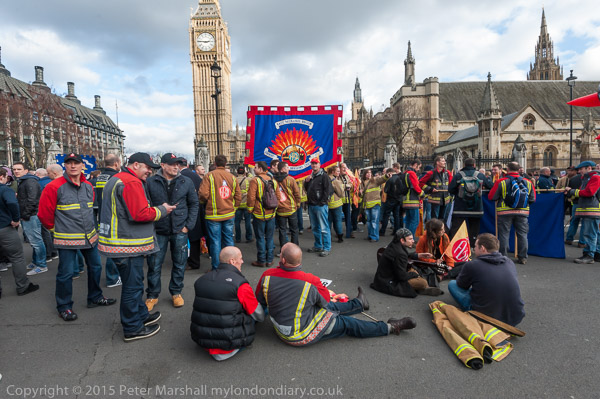
Firefighters in England held a 24 hour strike on 25th Feb 2015 against the unworkable pension scheme the government intended to implement. They say that the devolved governments had recognised the problems in the scheme and made improvements but in England government ministers were refusing to talk with the union, simply ignoring requests for meetings. They accused the government of lies about the union, saying they were being labelled as militants despite them being ready and willing to enter into negotiations at any time.
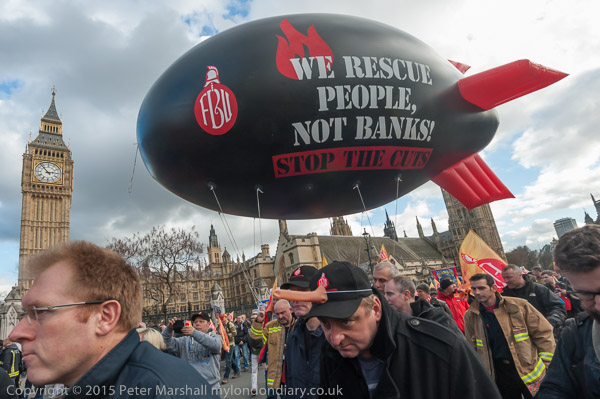
After a rally in Westminster Central Hall, several thousand striking firefighters protested on the street outside Parliament before marching to Downing St. Their protest brought all traffic in the area to a standstill until they marched away.
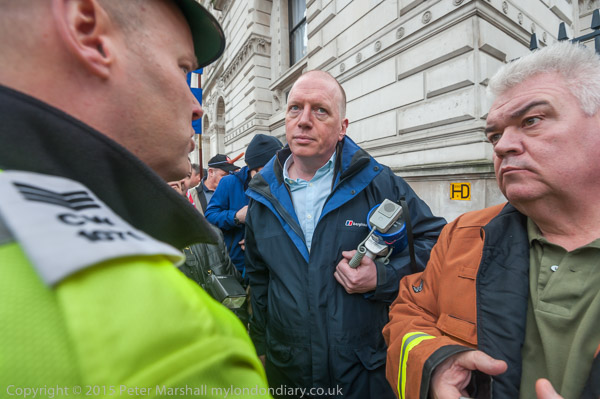
They stopped outside Downing Street and refused to move, saying they would wait there until someone came out to talk to them. A senior police officer come to talk with Matt Wrack and the other FBU leaders there and was extrememly politie, taking Wrack’s mobile number before going away to see if anyone could be persuaded to come out from Downing St to meet the protesters.
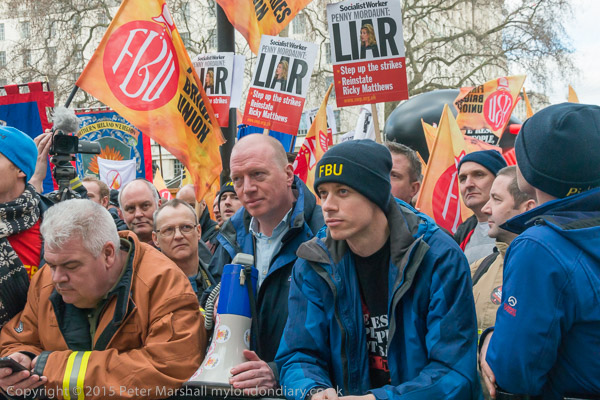
I left them leaning on the barriers and looking into Downing Street waiting for someone to come and see them, though I doubted if anyone would ever emerge.
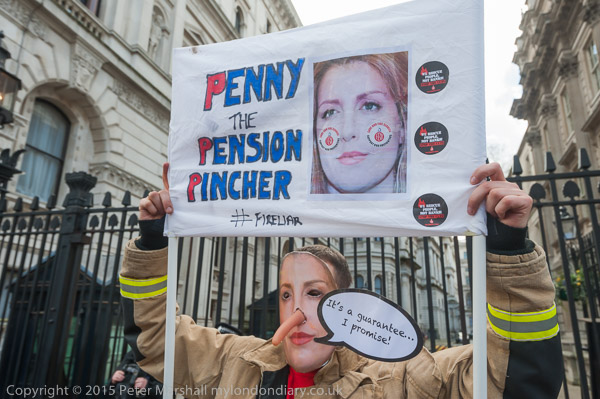
The Fire Service has also suffered like other public services from government cuts; in London these led to Mayor Boris Johnson making dangerous reductions, closing some fire stations and reducing equipment and staffing, which left the London Fire Brigade ill-equipped to deal with major disasters such as the Grenfell fire.
The FBU union later won a number of legal cases against the government over the changes that were made to the pensions scheme, leading to significant compensation for some members.
More at Striking Firefighters block traffic.
Welfare Advocacy not a Crime – DWP, Westminster
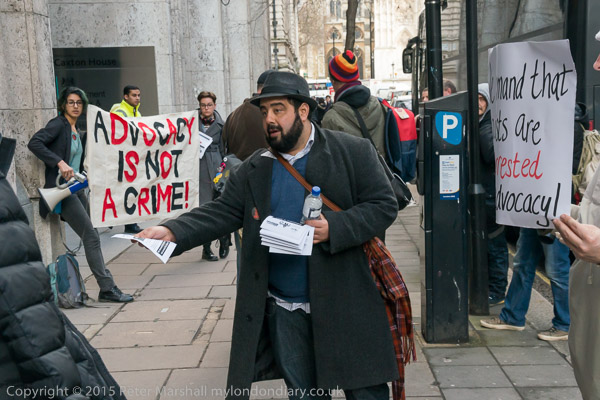
Welfare activists protested outside the Dept of Work & Pensions in Caxton Street as a part of the national day of action over the arrest of welfare rights activist Tony Cox. He had been arrested when he tried to accompany a vulnerable claimant to her job centre interview to argue for a fairer claimant agreement.
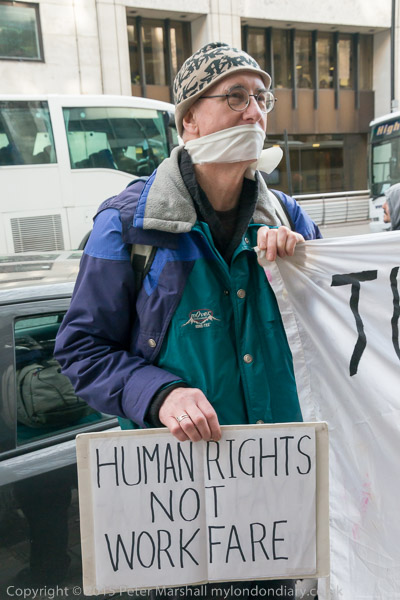
As well as several banners, one man was gagged in protest. By law claimants are allowed to have and adviser present with them at the interview, but when a claimant turned up with Cox, his interview was cancelled.
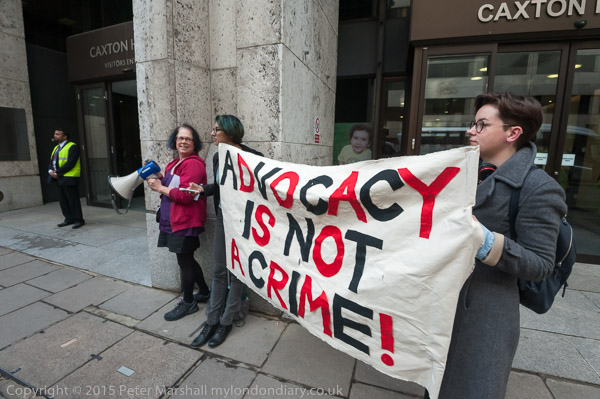
Cox and the claimant then left the job centre, but later in the day police arrived at his him and arrested him, charging him with threatening behaviour.
RMT protest Underground Job Cuts – Edgware Road Station (Bakerloo)
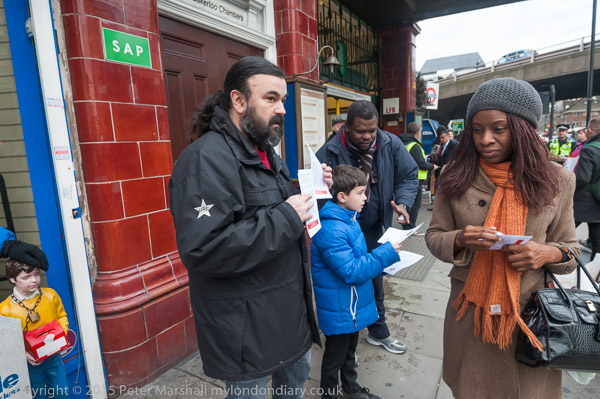
Around 20 RMT members handed out fliers at the busy Edgware Road Bakerloo Line station against the proposed 50% cut in station staffing and the closure of the ticket offices which they say will endanger the safety of both passengers and staff.
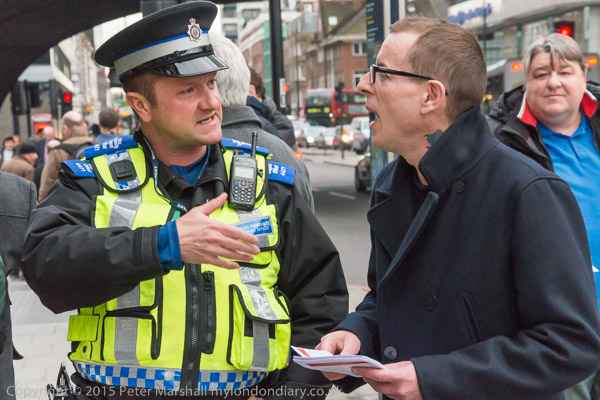
They got a very positive reception from many of the public going in and out of the station or walking past, although a PCSO came to harass and try to stop their picketing. Most of the public seemed to realise that staff do far more than sell tickets and offer service and protection to the travelling public.
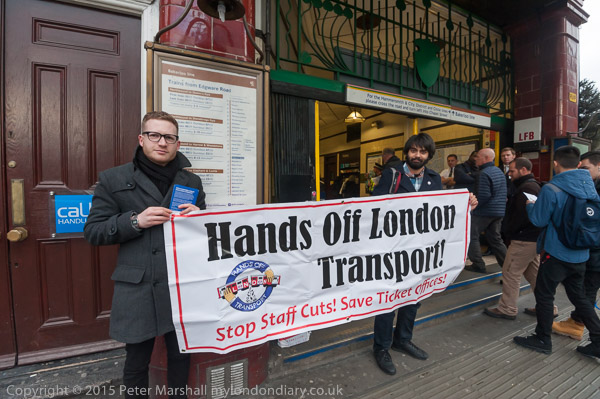
Many promises were made to Underground staff and the public about how they would be protected when cuts were made, but most were later broken.
RMT protest Underground Job Cuts
Lambeth against £90m cuts – Lambeth Town Hall, Brixton
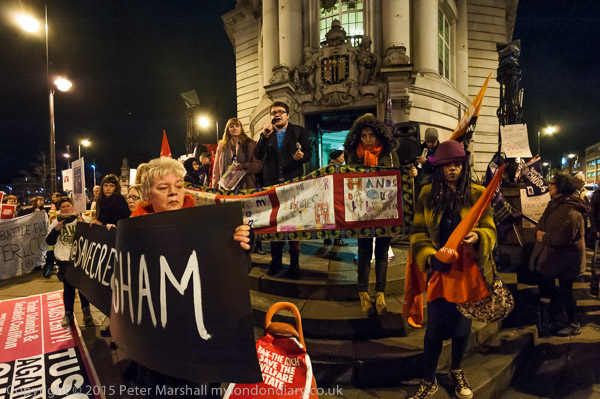
After taking some photographs of the protesting RMT staff I got on the Underground there, changing at Oxford Circus to take me to the end of the Victoria Line at Brixton.
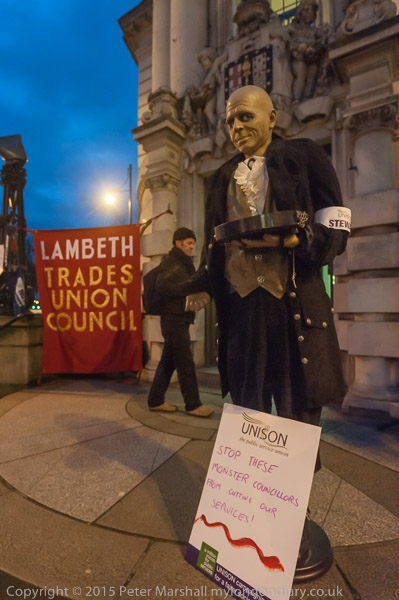
There I walked down to Lambeth Town Hall on the corner of Acre Land to join around a hundred trade unionists, pensioners, library and other council staff, social housing tenants and other residents who were gathering for a lively rally outside Lambeth Town Hall.
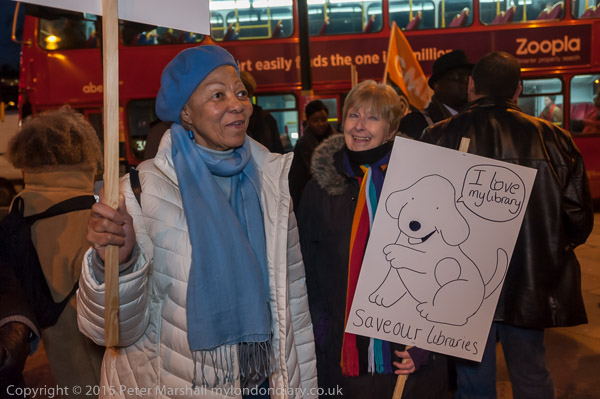
A lively rally took place urging councillors who were arriving for the council meeting to reject library closures and other £90 millon cuts which were being passed there by the large Labour majority on the council. Labour then held 59 of the 63 council seats. Among the speakers at the rally was the only Green Party councillor, Scott Ainslie, who was to vote against the cuts. The Green Party gained four more seats in the 2018 council elections but lost three of these in 2022. Right-wing Labour councillors still have an overwheming majority and the council continues its policies which fail the community.
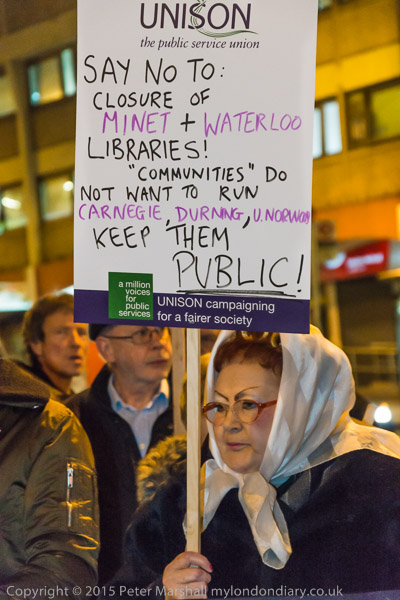
Lambeth’s finances were stretched by the development of a new Town Hall or Civic Centre the cost of which roughly doubled from the original contract of £55 million ot £104 million. Policies such as the closure of libraries and the demolition and sale of popular and well-built council estates like Cressingham Gardens had already produced a great deal of protest in the borough.
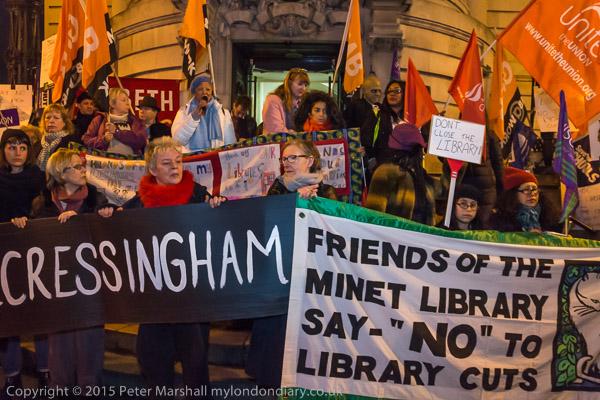
The £90 million cuts passed at the council meeting later that evening have had a disproportionate impact on children, old people and the disabled who always rely on local services more than the average person. Council employees at the rally opposed the cuts not only because they feared for their own jobs, but because they knew those that remain in post will not be able to offer the public the same quality of service that they do at present.
Flickr – Facebook – My London Diary – Hull Photos – Lea Valley – Paris
London’s Industrial Heritage – London Photos
All photographs on this page are copyright © Peter Marshall.
Contact me to buy prints or licence to reproduce.
